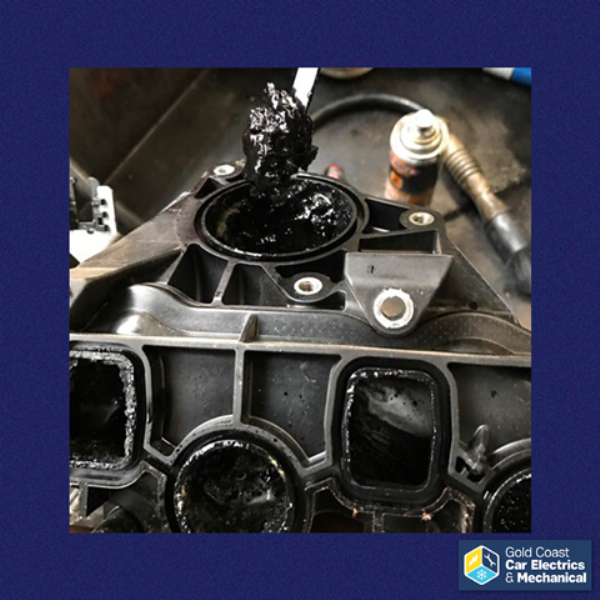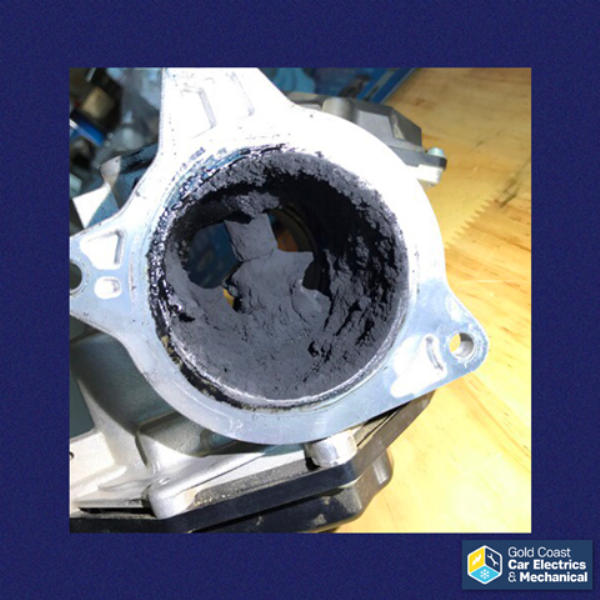Protect Your Engine and Enhance Performance with an Oil Catch Can Installation
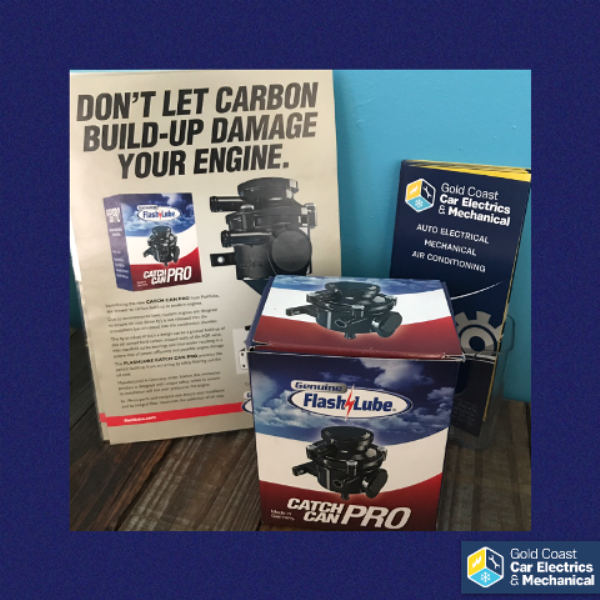
Installing an oil catch can on your vehicle
Essential Guide to Installing an Oil Catch Can on Your Vehicle
Do you own a turbo vehicle?
Installing an oil catch can is essential for engine longevity.
Due to strict emission regulations, late model engines require all crankcase fumes to be burnt through the combustion cycle, not vented to the atmosphere. This process in conjunction with the EGR (exhaust gas recirculation) helps engines meet emission standards. The end result means oil vapor and exhaust fumes are vented into the intake system.
BOOK SERVICE
What is an Oil Catch Can?
A catch can essentially acts as an oil separator. It removes the oil from the blow-by gases and prevents them from entering the intake system.
How does an oil catch can help my engine?
From new, whenever the engine runs, blow-by creates oily residue that lines the intake system. The PCV (positive crankcase ventilation) valve passes this residue into the engine inlet. This process creates a wet surface where exhaust soot from the EGR can cling.
The never-ending cycle causes a tar-like build-up in the intake system, which reduces air flow to the engine. The air restriction changes the air-fuel ratio, reducing efficiency and performance, and increases combustion temperatures in diesel engines.
These long-term effects can be quite costly, increasing fuel consumption and, in the worst case, causing long-term damage that could cost you thousands in labor and replacement parts. By removing the oil, the intake stays dry, allowing the EGR to operate efficiently and preventing future repair costs while keeping engine performance optimal.
Some people block the EGR off completely.
We do not recommend that you do this to your vehicle.
Apart from being illegal and increasing emissions, it may bring on a check engine light and cause your vehicle to not operate effectively.
What should an oil catch can have?
For an oil catch can to be effective it must;
1. not restrict the flow of the PCV, this means that the port sizes must be of equal or greater size than the original.
2. use a filter that separates the oil effectively without causing a restriction to flow.
3. contain a pressure relief valve to prevent engine seal failure if the filter medium becomes blocked.
How reliable is an oil catch can?
With an oil catch can, quality really does matter. If you opt for a cheap model, you run the risk of it not catching enough oil or, worse, damaging the engine if it becomes blocked. Additionally, some cheap oil catch cans only have tiny 12mm inlets or outlets, reducing the flow through the system, which can lead to increased pressure. Consequently, too much pressure build-up can cause engine seals to split and leak.
Therefore, here at GCCEM, we recommend and install Flashlube Catch Can Pro systems. These units have been flow-tested and proven not to be restrictive, even on old worn diesel engines. Specifically, they incorporate a 19mm inlet and discharge port and have a pressure relief valve.
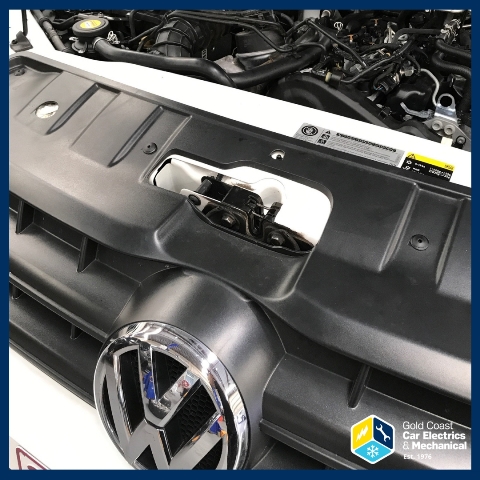
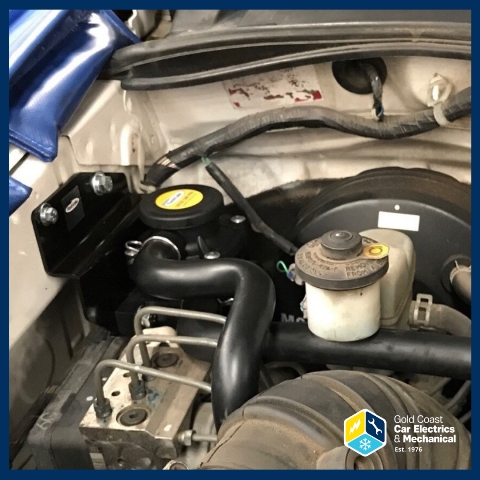
Why it’s important to install the oil catch can correctly
It is possible to fit our Flashlube Catch Can Pro system by yourself.
We have them available as a universal kit or a vehicle specific kit including moulded hoses and custom brackets for an ever expanding range of vehicles.
Of course it goes without saying that care needs to be taken when fitting these kits. An incorrectly installed kit can damage your engine.
The easier option is to get the catch can kit installed by one our qualified technicians while you wait.
Will installing an oil catch can void my new car warranty?
Flashlube Catch Can Pro advise that your vehicle warranty will not be voided when fitted correctly. That said, GCCEM always recommends checking your particular warranty wording in detail or contacting the manufacturer for confirmation before installing any after-market parts on your vehicle.
How to maintain your oil catch can
The Flashlube Catch Can Pro features a drain hose and tap, allowing for periodic draining, typically required at around 5,000km intervals. Additionally, you should replace the filter medium, which generally lasts approximately 40,000kms. Environmental conditions and the vehicle’s driving style will directly affect how often you need to do this.
Besides installing a Flashlube Catch Can Pro, we also recommend performing an upper engine and intake clean with each service. Use products like Wynns professional EGR4 (EGR3 for petrol engines). Spray this cleaner into the intake system before a service to clean and break down any buildup inside the intake, helping to keep your engine operating at optimal performance.
Why it’s important to install the oil catch can correctly
It is possible to fit our Flashlube Catch Can Pro system by yourself. We have them available as a universal kit or a vehicle specific kit including moulded hoses and custom brackets for an ever expanding range of vehicles. Of course it goes without saying that care needs to be taken when fitting these kits. An incorrectly installed kit can damage your engine. The easier option is to get the catch can kit installed by one our qualified technicians while you wait.

Photos of a diesel engine without the oil catch can installed
The photos included are of a VW Amarok that has only been driven 60,000kms. In the first photo the oily build-up is being removed from the intake manifold.
The second photo shows the EGR valve with contamination before cleaning.
As all air enters the engine past this point, you can see the significant restriction this has caused.
The final photo shows what the EGR valve looks like after cleaning the contamination.
An oil catch can would have dramatically reduced this build-up.
Stay tuned for more photos.
Interested in finding high quality oil catch cans on the Gold Coast, and getting one fitted in your vehicle?
Then contact us today for more information or to book a time.

